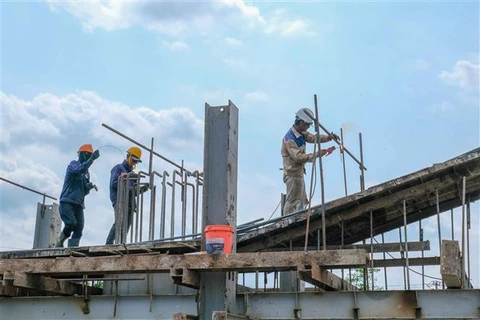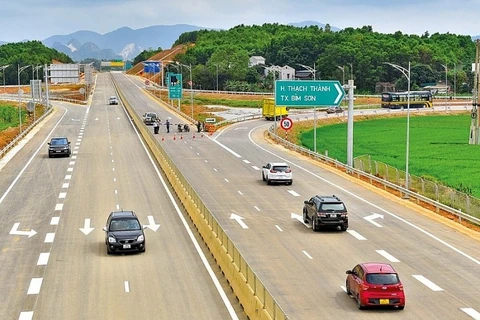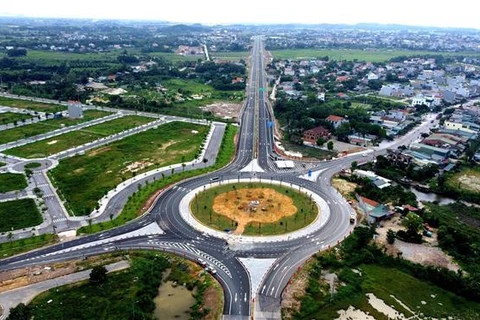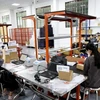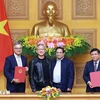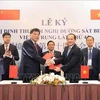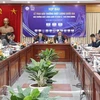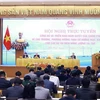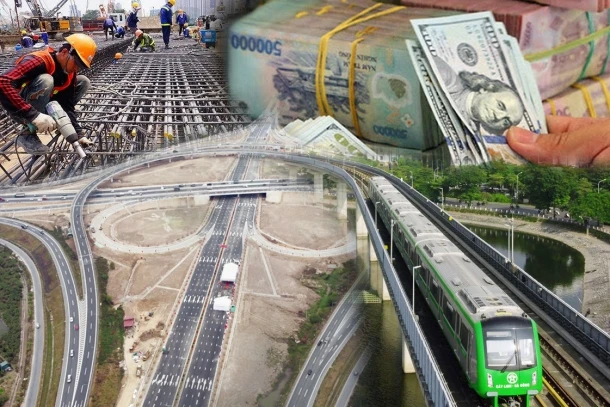
Hanoi (VNA) – Improving the efficacy of public investment will be a locomotive to boost the aggregate demand for economic growth, according to insiders.
Prof.Dr Pham Hong Chuong, Rector of the National Economics University, said it will help promote private investment, better business climate, and attract foreign hi-tech investments.
Allocation and disbursement of the public capital remain sluggish, with more than 21.16 trillion VND (831.35 million USD) waiting to be allocated, accounting for 3.19% of the plan as assigned by the Prime Minister.
Chuong highlighted the NEU’s Annual Economic Assessment of Vietnam 2023 publication that indicates that besides enhancing capacity to lure capital, localities need to sketch out rational allocation plans and policies to better the efficiency of the investment, making it a driving force for the economy.
Vietnam plans to disburse more than 663 trillion VND in public capital in 2024, 16.41% of which has been done so far.
The Ministry of Finance has asked the Ministry of Transport and localities to take drastic solutions to accelerating capital allocation for key transport projects in line with the Government’s regulations.
In its Taking Stock bi-annual economic update released in April, the World Bank recommended the Vietnamese Government expedite infrastructure investment projects financed by public resources to back aggregate demand in the short term.
World Bank East Asia and Pacific Practice Manger for Macroeconomics, Trade and Investment Sebastian Eckardt said efforts to enhance public investment management will also address critical infrastructure gaps in energy, transportation, and logistics, which are fundamental for Vietnam’s long-term economic growth.
The bank also suggested Vietnam sustain fiscal support policy to reinforce the recovery.
Dr. Can Van Luc, Chief Economist at the Joint Stock Commercial Bank for Investment and Development of Vietnam (BIDV) said that the country should nurture new growth motives from digital economic development, innovation, science and technology, stressing the private sector must be seen as an important driver for the economic expansion so that incentives will be rolled out to create a sound investment environment for the sector.
As for consumption stimulation, he suggested the Government pen policies to increase social welfare for the impoverished and the unemployed, raise taxable income, and reduce corporate tax and value added tax.
Chuong said that wage reform and pension increase from July 1 will contribute to enhancing investment for socio-economic infrastructure that creates a foundation for the country’s development./.
